The explosion in wireless technology has seen the emergence of many standards, especially in the industrial, scientific and medical (ISM) radio band. There have been a multitude of proprietary protocols for control applications, which bottlenecked interfacing. Need for a widely accepted standard for communication between sensors in low data rate wireless networks was felt. As an answer to this dilemma, many companies forged an alliance to create a standard which would be accepted worldwide. It was this Zigbee Alliance that created Zigbee. Bluetooth and Wi-Fi should not be confused with Zibgee. Both Bluetooth and Wi-Fi have been developed for communication of large amount of data with complex structure like the media files, software etc. Zigbee on the other hand has been developed looking into the needs of communication of data with simple structure like the data from the sensors.

Fig. 1: A Representational Image of Zigbee Technology
Zigbee Networks
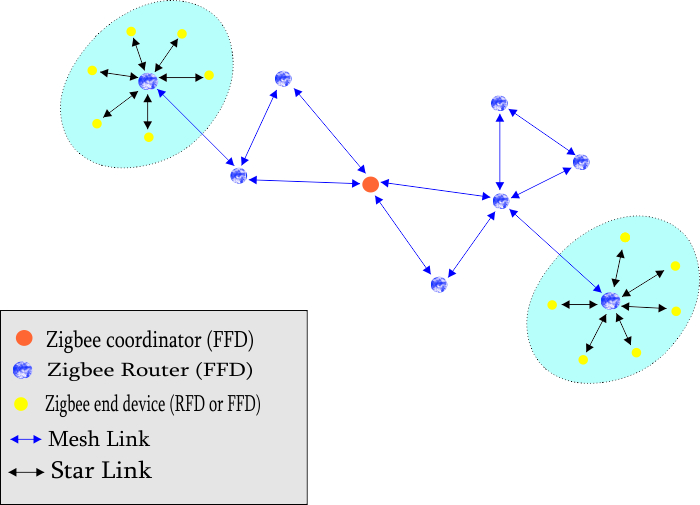
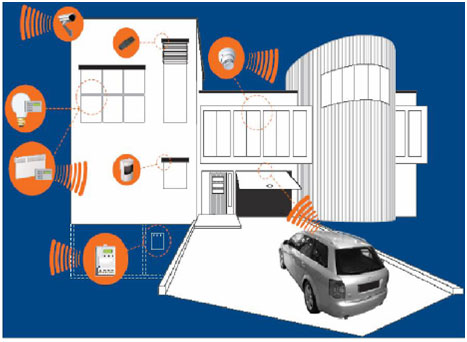
Fig. 3: A Diagram Demonstrating use of Zigbee Technology in Home Automation System
Architectural Overview
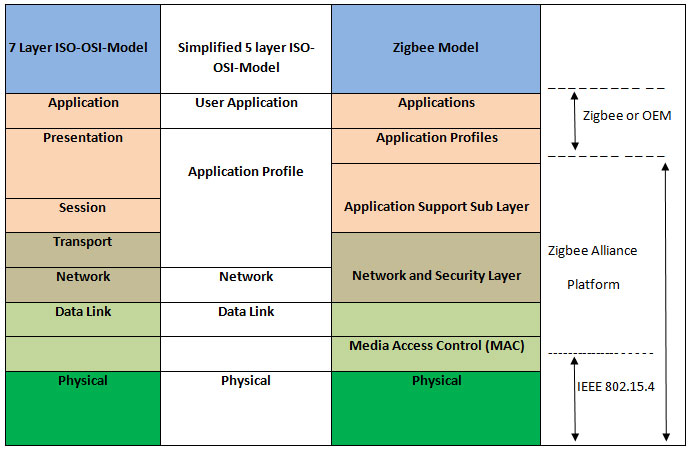
Fig. 4: A Figure Illustrating Architectural Overview of Zigbee Technology
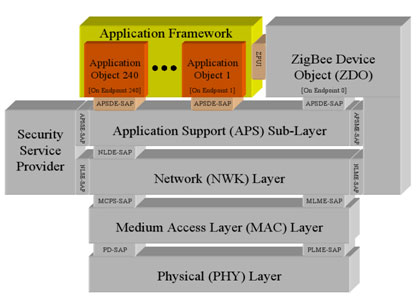
Fig. 5: A Figure Representing Application Support Sub-Layer of Zigbee Technology
Data Transfer Modes
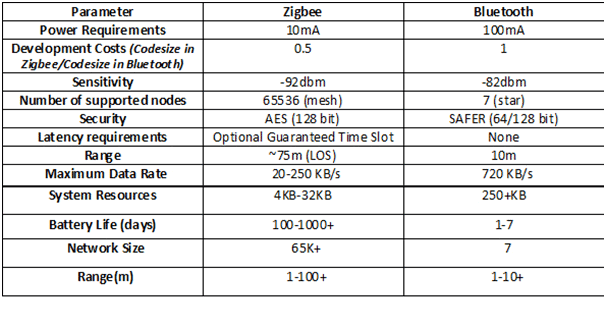
Fig. 6: A Diagram Comparing Zigbee and Bluetooth Technology Over Range of Applications
Filed Under: Articles


Questions related to this article?
👉Ask and discuss on EDAboard.com and Electro-Tech-Online.com forums.
Tell Us What You Think!!
You must be logged in to post a comment.